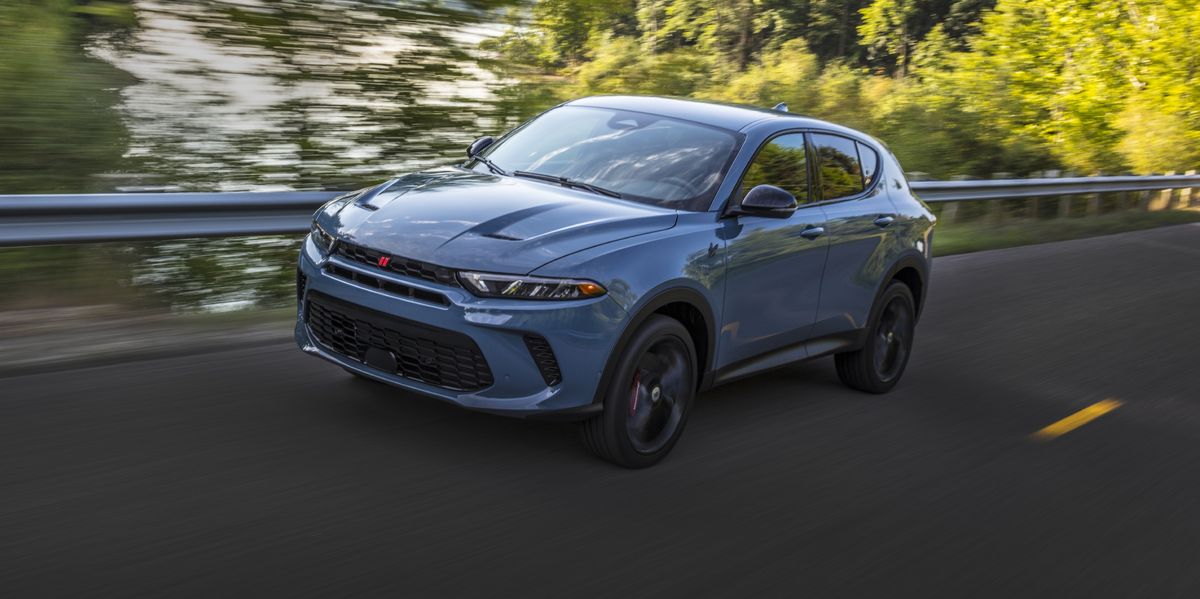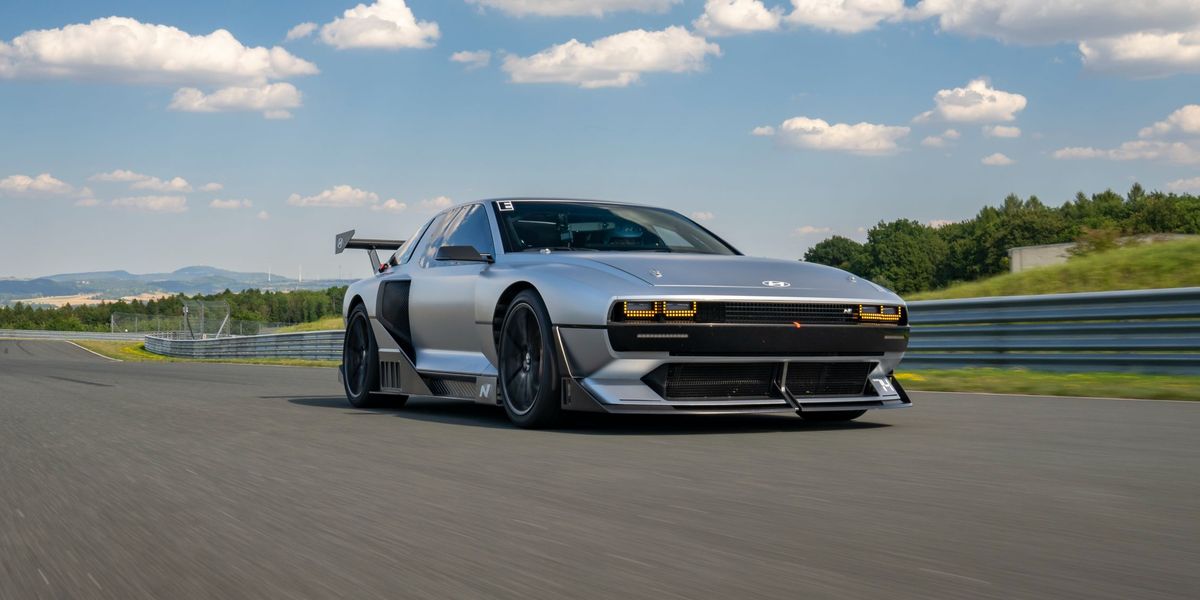idleprocess
Flashaholic
ICE vehicles have similar problems, albeit "won't charge" is instead "won't start". But ICE vehicles are old hat as is excuses about failing to refuel or maintain them; so too will be forgetting to charge them or random failures to start/charge.The problem with home charging is that you have to remember each day to plug it in.
[...]
Another issue, sometimes the car just won't charge up.
Much like how the transition from flip phones to smart phones taught the userbase some painful lessons about the need to recharge every night, new EV drivers may well have the embarrassment of forgetting to charge them at a critical juncture.
"Slow" L2 charging at home - or for some at work - is how a strong majority of EV owners are powering their vehicles today, full stop:But as of right now, not even remotely close to competing with the sheer number of gas stations out there.
[...]
Those charging stations absolutely need actual fast chargers.
[...]
America needs charging stations as plentiful as gas stations are now.
'The infrastructure' is ready as soon as you have a 14-50 outlet and EVSE installed. Park the car, plug it in, done - and can schedule it to start charging in the middle of the night when power is cheaper since you're not going to routinely need a full charge.The answer was clear: despite the installation of extensive public charging infrastructure in most of the project areas, the majority of charging was done at home and work. About half the project participants charged at home almost exclusively. Of those who charged away from home, the vast majority favored three or fewer away-from-home charging locations, and one or more of these locations was at work for some drivers.
Thus the use case for fast charging will be road trips and contingency usage when running extended errands. Thus we'll need them, but not at parity with gasoline pumps.
Given that pretty much every EV on the market has route planning that's aware of the availability - and usually status - of charging stations along the way it's rather difficult to stuff up a road trip.Get an up to 80% charge at best, and hope that the particular one you pulled up will even charge at all. I'm sorry, that's not good enough.
Park vehicle at home, plug it in, and never worry about having to make a trip just to get fuel ever again - seems pretty convenient to me. And with 800V architectures coming into play that 30 minutes to 80% is less than 20 minutes at a 350kW CCS charger.People will never embrace a new way of doing something, on a mass scale, if it's significantly less convenient than the old way of doing things that they are used to.
While not quite the question you're asking - and I have no idea why you're asking it of me - according to Scientific American it took one decade for the automobile to replace horses as the 'standard' from of transportation.My question is: Even given the affordable Model T, how long would have been required for the automobile to effectively completely replace the horse for personal transportation if 1/3 of the population had been completely unable to utilize them?
I find this even more confusing. I'm not advocating policy positions in the bit you quoted - simply pointing out that the average home has the capacity to support an L2 charger that will provide more than enough power over a reasonable interval to recharge a vehicle for the typical person's daily travels.My answer is: Don't start capping off any oil wells just yet y'all. Without a place to plug it in, there IS no option, and that shouldn't be expected to change for that 1/3 any time soon - supply constraints and other factors aside. All's well and fine for the other 2/3 if they choose to go that route, but gasoline stations aren't going anywhere in my lifetime, nor likely that of people born today!
I do find the argument that the infrastructure isn't ready hinges on the assumption that drivers treat EVs like ICE vehicles - drive by the filling station to refill the electricity tank - which as noted in the Idaho National Laboratory publication above isn't the case. I've also noted that EV uptake will be slower than .gov press releases, policies, regulations, and legislation would like due to production bottlenecks.
I've also gone to some lengths to mention that there are roles EVs simply cannot slot into. Driving long distances for a living will be a problem - even with DC fast chargers. Freight - or the proverbial horse trailer - over long distances will be an even greater problem. There might be solutions to these issues in the future, but they're far enough away and sufficiently uncertain that they can't be planned on just yet.







